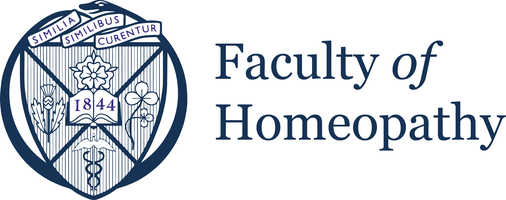
A homeopathic journey
My parents were both vets and shining examples of the profession, putting patient above all and client second. All other interests were subordinate to these. Learning and advancement of patient care were constant motivations. From a very early age I used to unpack medicine deliveries to the practice, sorting them, arranging stocks on the shelves with proper rotation and reading product inserts. I also avidly ‘saw practice’ with my parents at every opportunity. I never flirted with ambitions to be an engine driver, pilot, entrepreneur etc. It was always country vetting for me. Bearing in mind this was from the 50s onwards, it was in the early days of antibiotics and there were many traditional medicines still in active service, I saw the evolution of modern pharmaceuticals and acquired more understanding of clinical pharmacology than I had any right to have at that age.
It would take a long time to explain but there is a German branch of our family. At that time, my parents’ contemporaries in that family were both homeopathic physicians in Germany. Our two families met up when I was just 10-years-old, during a joint holiday in Germany. Family talk of course embraced the practice of homeopathy and I listened with a keen interest, as phenomena beyond my young experience were frankly and matter-of-factly expounded. I was fascinated and used some rudimentary first-aid homeopathy on myself, through my subsequent school and college life, treating injuries and common ailments with amazing success. This included some pretty serious rugby injuries, from which I recovered faster and better than could be comprehended by trainers. My mother used homeopathy in her veterinary work and I saw it in action, helping conditions that I had already understood to be very refractory to more ‘usual’ medical intervention.
I bought Boericke and Margaret Tyler while I was at college.
I knew I would use some homeopathy when I eventually joined the profession aged 25, never imagining it would take over my world (as a result of perceived success and medical capability) and would lead into other interlocking avenues, such as acupuncture, herbs (really an extension of many of the ‘traditional’ medicines on our shelves in the 50s, that would later be eclipsed by the inexorable march of the pharmaceuticals), chiropractic, essential oils etc.
In the late 80s and 90s, I conducted a number of in-house clinical trials, one of which was published in the Veterinary Record (peer-review journal). The experience gained in these helped us to run the veterinary input to modern intensive dairy, sheep and pig farms largely without pharmaceutical input. We had a great deal of media interest and demands for lectures from interest groups, local veterinary groups, universities, veterinary conferences, media including several feature television programmes and the pharmaceutical companies, who were no doubt checking what opportunities homeopathy presented for them. This period also saw the start of the BAHVS, the start of Faculty veterinary training, the inauguration of the international veterinary homeopathic association (IAVH) and international veterinary homeopathic teaching. I would call this the heyday of veterinary homeopathy and I was privileged and excited to have been a part of it.
A bonus has been to experience the warm and progressive fellowship of the professional homeopathic community.
I would encourage any veterinary surgeon who has experienced a failure to bring about the desired clinical result in a case to explore this ‘other’ exciting approach. I have enjoyed a long career, full of excitement, awe, reward, fulfilment and pleasure. I would hate to think that any veterinary colleague might be denied a similar experience and that any suffering animal might be denied the potential benefit of homeopathic healing.
Read Article in The Guardian





